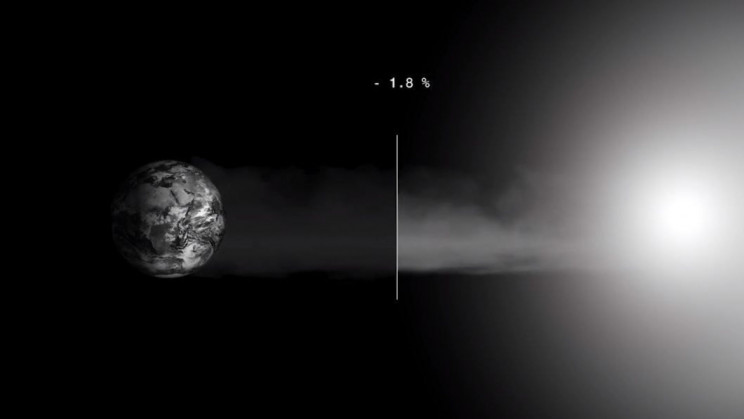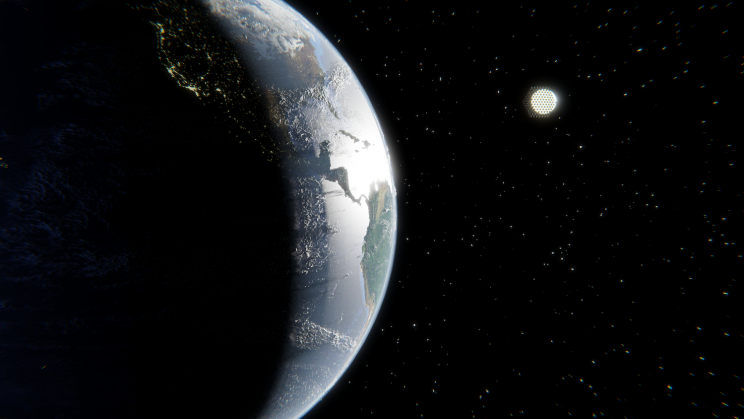A press statement said a team of researchers from the Massachusetts Institute of Technology
Such strange and insane ideas would not have been necessary if people suddenly cut their use of fossil fuels drastically years ago. But it didn't happen.
While some scientists warn that geoengineering is a distraction from stopping climate change, others are sure that everything should be tried. For example, giant space bubbles.
What is solar geoengineering?
Scientists from MIT presented a new form of solargeoengineering to reflect sunlight away from the Earth. The goal is to cool the planet and prevent the effects of climate change. The idea of solar geoengineering is not new; this is not the first time that scientists have proposed protecting the planet from the sun’s rays. Typically this method involves injecting reflective aerosol particles into the upper atmosphere. However, such a radical method can negatively affect the planet; this issue has not yet been sufficiently studied. This means it is not considered a viable option.
What do scientists propose?
MIT Scientists' ApproachInstitute is based on a different idea. Instead of injecting particles into Earth's atmosphere, they plan to reflect solar heat from space. This means that potentially hazardous substances will not threaten the health of people and ecosystems as a whole.
 Source: MIT/Senseable
Source: MIT/Senseable
Researchers are studying the possibility of placing a shieldfrom the “space bubbles” at Lagrange point 1. This is a relatively stable place in space where the gravitational pull of the Earth and the Sun is equalized. The James Webb Space Telescope, for example, is located at Lagrange Point 2.
There is a problem
The biggest problem is delivering the shieldto the right place. Scientists believe it should be about the size of Brazil. However, engineers believe that the bubbles for the shield can be made in space, which will reduce launch costs. Now engineers are experimenting in the laboratory with “space bubbles” made of silicon.
In a press release, they explained howIn preliminary experiments, they were able to inflate a thin-film bubble at a pressure of 0.0028 atmospheres and maintain it at a temperature of about –50 °C. The experiment is necessary to try to recreate space conditions of zero pressure and almost zero temperature.
Will it help?
Researchers at MIT emphasize that theirthe solar geoengineering solution will be "fully reversible". Apparently, bubbles can quickly burst if it turns out that they negatively affect the planet. This is very important, because humanity has yet to fully understand the complexity of climate change itself, not to mention the methods of geoengineering.
 Source: MIT/Senseable
Source: MIT/Senseable
In an interview with Discover Magazine, LindaSchneider, an international climate policy expert, noted that our understanding of unintentional climate change is still very limited when it comes to future impacts. It is now simply impossible to imagine what will happen if people deliberately interfere in such global processes.
More research is needed, althoughthat "space bubbles" seem on paper to be the safest form of solar geoengineering. However, if climate disaster becomes a reality, the idea of scientists will save humanity.
Read more:
Look at the celestial "Titanic" that will run on nuclear power
NASA figured out how to look for life on Mars: the experiment showed where it could be
Astronomers have found planets that are different from Earth, but suitable for life